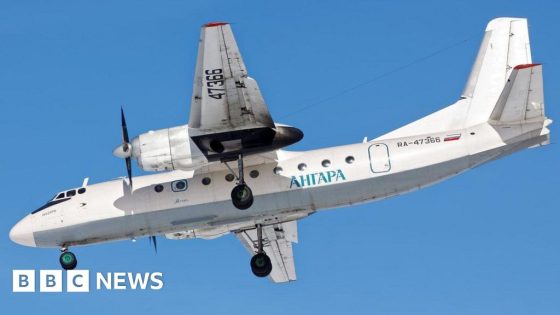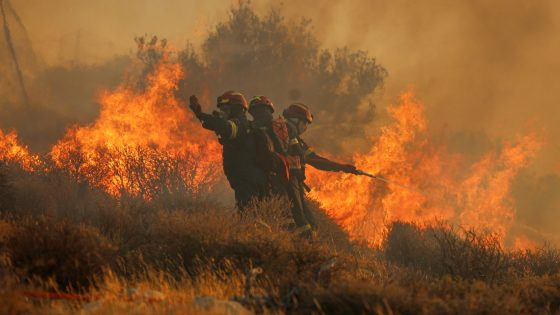The tragic crash of an Air India Boeing 787 Dreamliner has captured global attention, highlighting critical safety concerns in aviation. On June 12, 2025, Flight 171, bound for London’s Gatwick Airport, crashed shortly after takeoff from Ahmedabad, resulting in the loss of 260 lives.
- Air India Boeing 787 crashed during takeoff.
- 260 fatalities reported from the incident.
- Fuel switches were set to "cutoff" before crash.
- Investigators focus on pilots' actions.
- First officer was flying at the time.
- Only one passenger survived the crash.
A preliminary report from India’s Air Accident Investigation Bureau indicates that fuel control switches were set to “cutoff” just seconds after takeoff. This alarming detail raises questions about cockpit procedures and pilot actions during emergencies.
As investigators delve deeper into the incident, the implications for aviation safety are profound. What measures can be implemented to prevent such tragedies in the future? The findings from this investigation will likely influence global aviation protocols.
This incident underscores the importance of rigorous training and adherence to safety protocols in aviation. It also prompts US to consider the broader implications for air travel safety worldwide.
- Fuel control switches were turned off moments after takeoff.
- Only one passenger survived the crash, highlighting the tragedy’s severity.
- Investigators are focusing on pilot actions, not mechanical failures.
- This marks the first hull loss of a Boeing 787 Dreamliner.
As the investigation unfolds, it is crucial for the aviation industry to prioritize safety enhancements to prevent future tragedies. Will we see significant changes in regulations and training as a result?

































